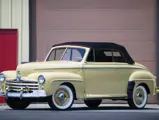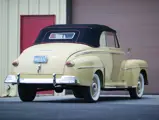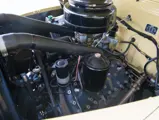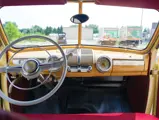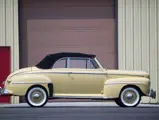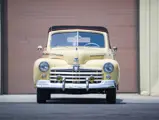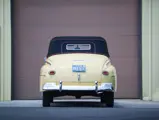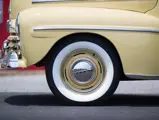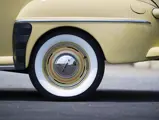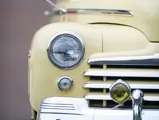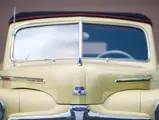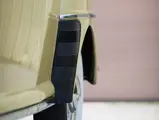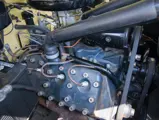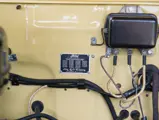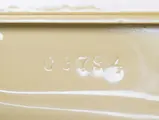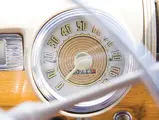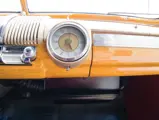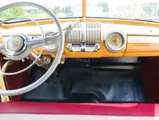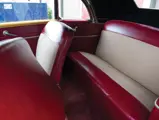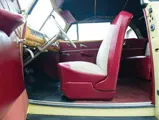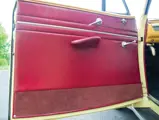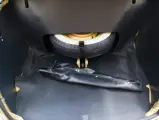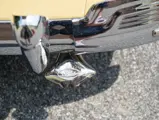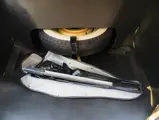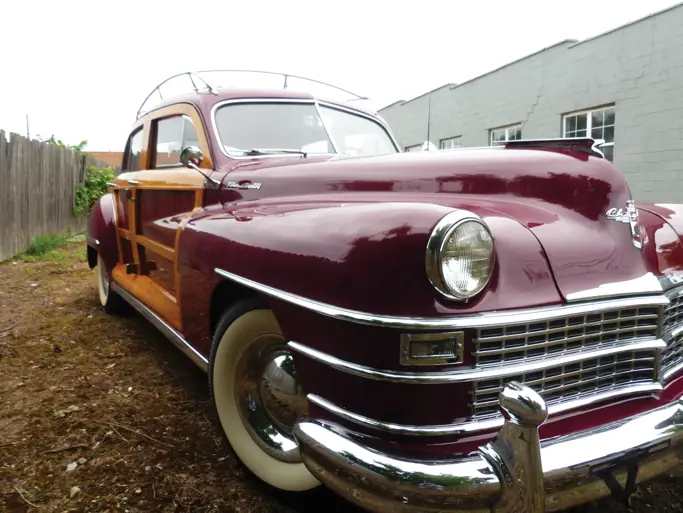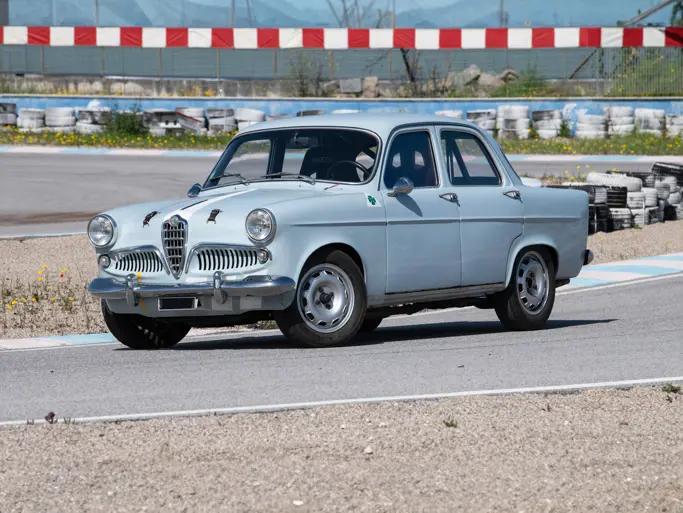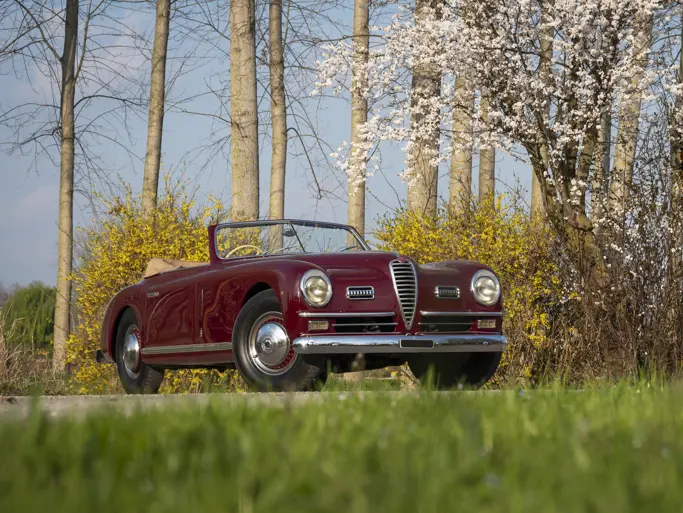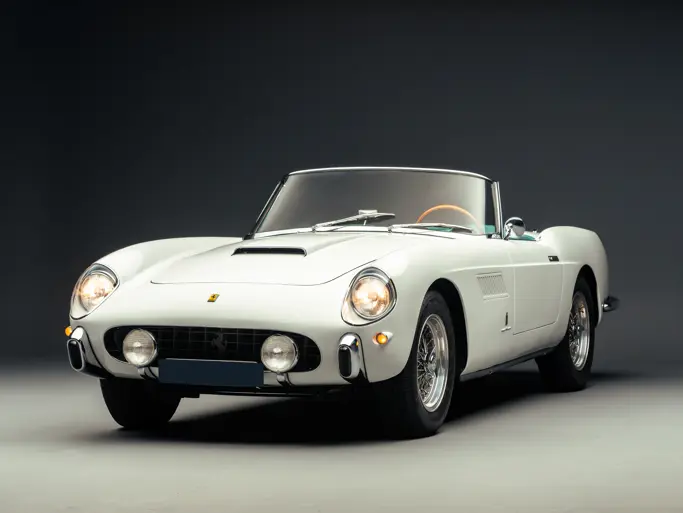Hershey 2015
1948 Ford Super DeLuxe Convertible Coupe
{{lr.item.text}}
$44,000 USD | Sold
 | Hershey, Pennsylvania
| Hershey, Pennsylvania
{{internetCurrentBid}}
{{internetTimeLeft}}

- Featuring a 100-brake horsepower flathead engine
- Recently freshened
- Attractively optioned
Model 89A. 100 bhp, 239.4 cu. in. L-head V-8 engine, three-speed manual transmission, solid front axle and live rear axle with transverse semi-elliptical leaf springs, and four-wheel hydraulic drum brakes. Wheelbase: 114 in.
Ford was the first American automaker to restart production after World War II. Shortly after VE Day, the War Production Board okayed the opening of the passenger car assembly lines, and on July 3, 1945, the first 1946 Ford made its way down. Development work had halted during the war, so the cars that emerged looked very much like the short-lived 1942 models. Visual cues were limited to trim differences, while the more significant changes took place under the skin. All Fords now used the 239-cubic inch Mercury flathead, which was rated at 100 brake horsepower. The entry-level Special line of 1941–1942 was not revived, leaving just Deluxe and Super Deluxe cars. Station wagons and convertibles were offered only in the Super Deluxe line, with the convertibles only as V-8s.
Midway through the 1947 model year, trim was revised yet again. Oblong parking lights in the fender “catwalks” were replaced with round units below the headlights, and red accents on the brightwork and instrument panel were eliminated. When the 1948 models were introduced in October 1947 there were no visual changes. A short model year, truncated for the June 1948 introduction of the all-new 1949 Fords, resulted in lower production for all body styles. Just 12,033 convertible coupes were built for 1948, which was barely half the 1947 total.
The current owner purchased this excellent example from the estate of John M. O’Quinn, the Houston attorney who had amassed an exceptionally large collection of cars. When acquired by Mr. O’Quinn it featured an older, high-quality restoration, but not long before his passing, Mr. O’Quinn had invested considerably in upgrading the car. The work included new Maize Yellow paint, a LeBaron Bonney interior, and a Haartz cloth top. It is equipped with a radio, a fresh-air heater¸ Firestone Deluxe Champion wide whitewall tires, wheel trim rings, fog lights, an electric clock, and a chrome exhaust deflector. The engine compartment is clean and serviceable but would benefit from some minor detailing.
The 1949 Fords made a big splash, with dramatic new styling and a totally redesigned chassis that departed from nearly every engineering principal that Henry Ford held dear. This car is one of the last Fords to hold true to Henry’s legacy.

